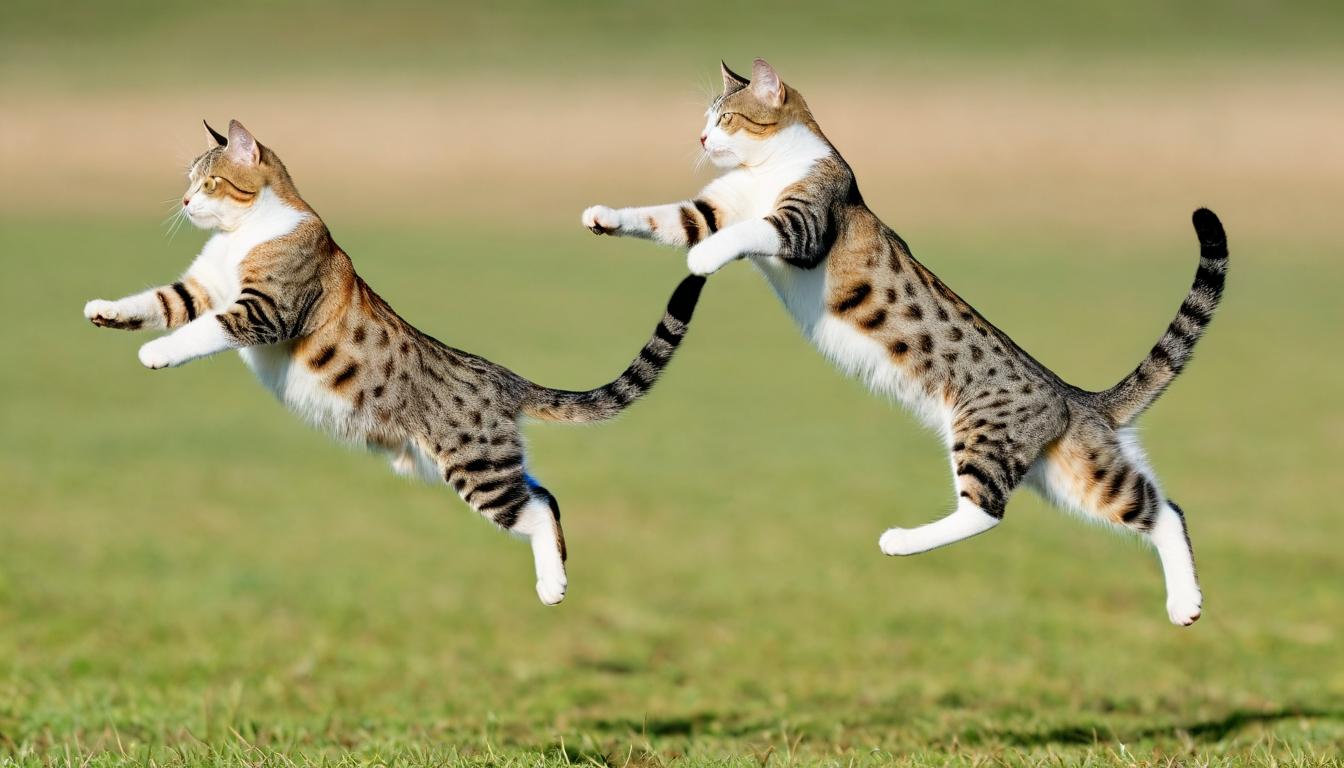It's one of those curious phenomena that cat owners have observed for centuries - no matter how they fall, felines seem to possess an almost supernatural ability to right themselves mid-air and land gracefully on all four paws. This remarkable feat isn't magic, but rather an extraordinary example of evolutionary physics at work.
The secret lies in what physicists call the 'cat righting reflex,' a complex series of movements that begins when a cat senses it's falling. Unlike humans who might flail helplessly, cats execute a precise sequence of rotations that would make any Olympic gymnast envious. They first twist their front half in one direction while simultaneously rotating their hindquarters in the opposite direction, creating a counter-rotation effect that allows them to reorient their body without violating the conservation of angular momentum.
Researchers using high-speed cameras have discovered that cats complete this entire maneuver in about one-eighth of a second for a three-foot drop. The process begins with the cat bending its spine into a U-shape, effectively dividing its body into two rotating sections. The front half rotates first, followed by the rear, with the flexibility of their spine allowing for this independent movement.
Interestingly, kittens develop this ability at around three to four weeks old and perfect it by seven weeks. This timing coincides with when young cats begin exploring their environment and are most likely to take tumbles. The reflex is so deeply ingrained that even cats without tails or with spinal injuries can often still perform the maneuver, though perhaps not as gracefully.
But here's the surprising part: the common belief that cats always land on their feet isn't entirely accurate. While they possess this remarkable ability, success depends on having sufficient height to complete the rotation. For falls shorter than about 12 inches, cats may not have enough time to fully right themselves. Conversely, for extremely high falls (over seven stories), cats actually have better survival rates than from medium-height falls, as they have time to relax their bodies and spread their limbs like a parachute.
The physics behind this feline acrobatics involves more than just rotation. Cats also use their tail as a counterbalance and their flexible spine as a shock absorber upon impact. Their loose shoulder blades allow for greater range of motion, while their small body size and light bone structure reduce terminal velocity to about 60 mph compared to a human's 120 mph.
This remarkable adaptation raises an evolutionary question: why did cats develop such an elaborate falling response? The answer likely lies in their arboreal ancestry. As natural climbers and hunters that frequently navigate trees and high places, the ability to survive falls provided a significant survival advantage. Those cats that could right themselves and land safely were more likely to survive, reproduce, and pass on this trait.
Modern domestic cats still exhibit this behavior, though they might employ it less frequently than their wild ancestors. Indoor cats particularly benefit from this reflex when they misjudge jumps onto furniture or accidentally roll off high perches. However, pet owners should note that while the righting reflex is impressive, it doesn't make cats immune to injury. Falls from significant heights can still cause broken bones, internal injuries, or worse.
Scientists continue to study the cat righting reflex not just for biological interest, but for practical applications in robotics and space exploration. Engineers have developed 'cat-like' robots that can reorient themselves during falls, potentially useful for planetary rovers or search-and-rescue robots that might tumble in rough terrain.
The next time you see a cat execute this gravity-defying maneuver, remember you're witnessing millions of years of evolutionary engineering at work - a perfect blend of physics, biology, and survival instinct that makes our feline companions even more fascinating than we already thought.
The strange science behind why cats always land on their feet

